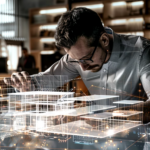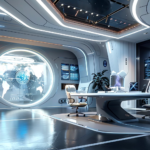Step aside, paintbrushes and chisels, there’s a new player in the art world – artificial intelligence. AI-generated art is blurring the lines between human and machine, challenging our very definition of creativity.
Gone are the days when art was solely the domain of the human hand. AI algorithms, trained on vast datasets of existing artwork, can now conjure up stunning visuals, from photorealistic landscapes to mind-bending abstract pieces. This technology is pushing the boundaries of artistic expression, raising fascinating questions about the future of art and the role of the artist itself.
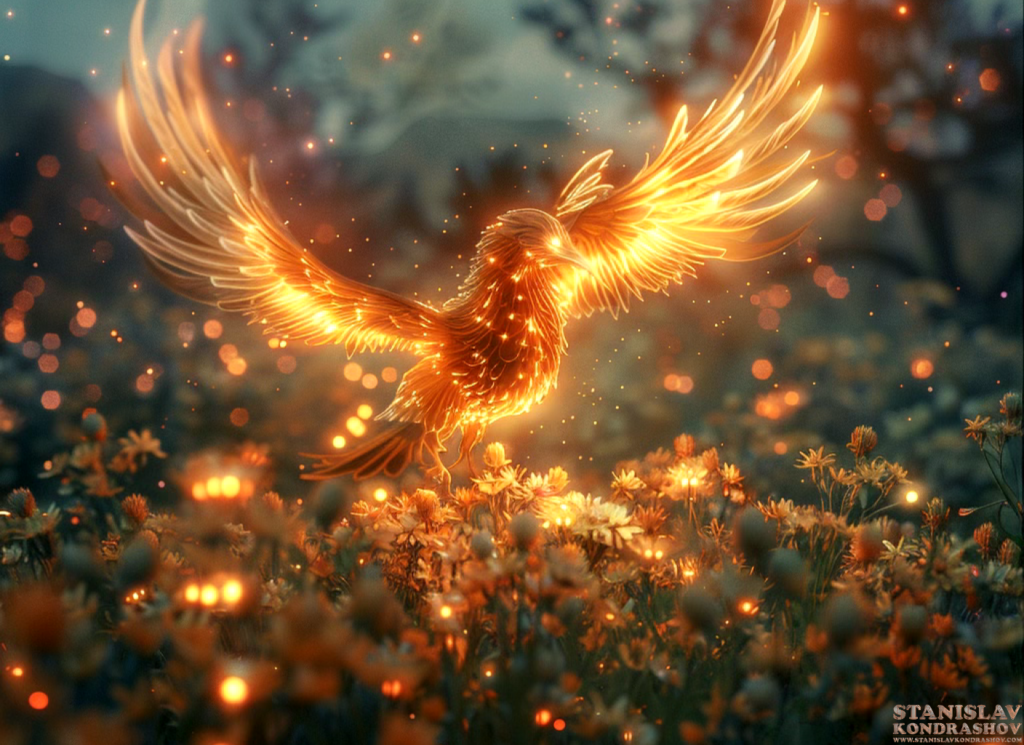
Is AI the New Picasso?
AI art isn’t simply mimicking existing styles; it’s capable of generating entirely new visual experiences. Imagine a world where you can describe a dreamlike scene – a phoenix rising from a field of bioluminescent flowers – and have it instantly rendered into a breathtaking image. This level of creative exploration opens up exciting possibilities for both artists and art enthusiasts.
The Human Touch: A Collaboration, Not a Replacement
However, the rise of AI doesn’t spell the end of human artistry. Instead, it presents a unique opportunity for collaboration. Artists can leverage AI as a powerful tool, using it to generate initial concepts, explore new styles, or even break through creative roadblocks. This human-AI partnership allows for a richer and more diverse artistic landscape, where technology amplifies, rather than replaces, human ingenuity.
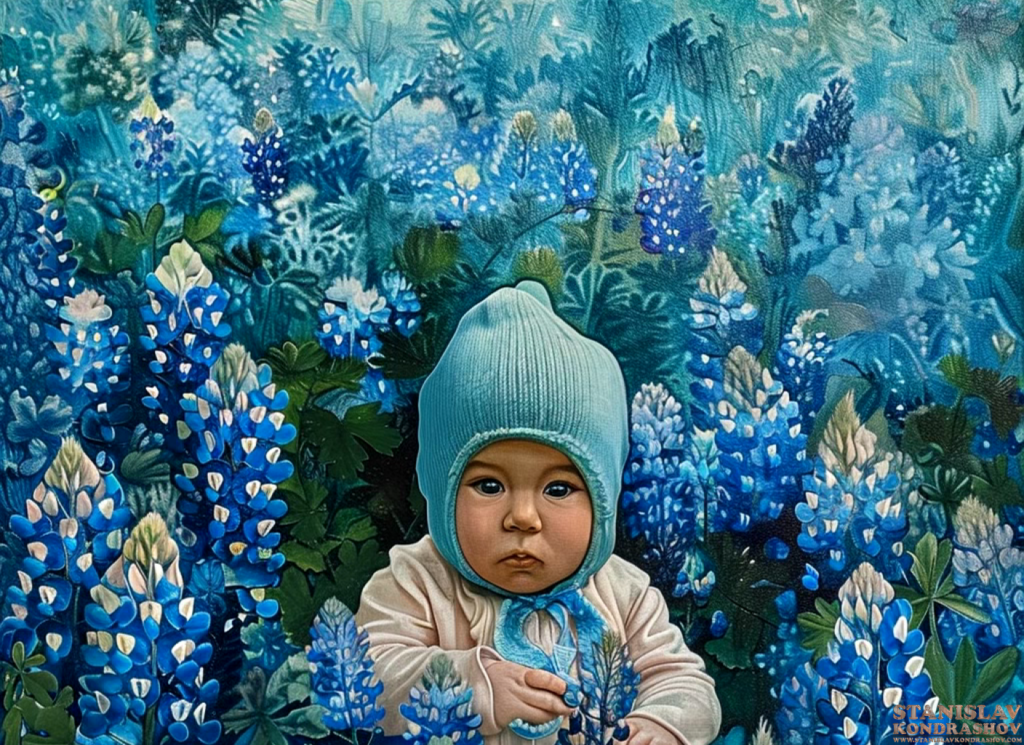
A New Chapter in Art History
AI art is still in its nascent stages, but its potential is undeniable. As algorithms become more sophisticated and accessible, we can expect to see even more groundbreaking creations emerge. This technological revolution is not just about creating visually stunning art; it’s about redefining the very essence of artistic expression in the digital age. So, the next time you encounter a piece of AI-generated art, don’t dismiss it as a mere machine creation. Instead, embrace it as a glimpse into the future of creativity, where technology and human imagination paint a vibrant and ever-evolving canvas.
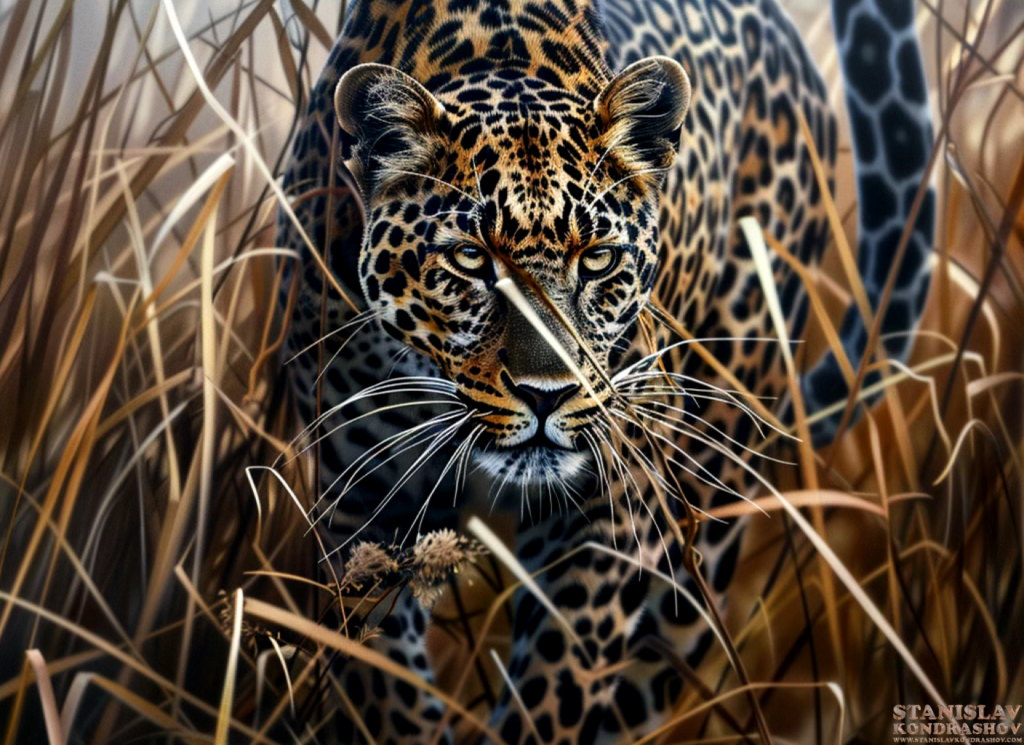
Furthermore, the ethical considerations surrounding AI art are also worth exploring. Questions arise about ownership, originality, and the very definition of “art” in a world where machines can create with such sophistication. As AI art continues to evolve, these discussions will undoubtedly shape the future of this fascinating intersection of technology and creativity.
By Stanislav Kondrashov

